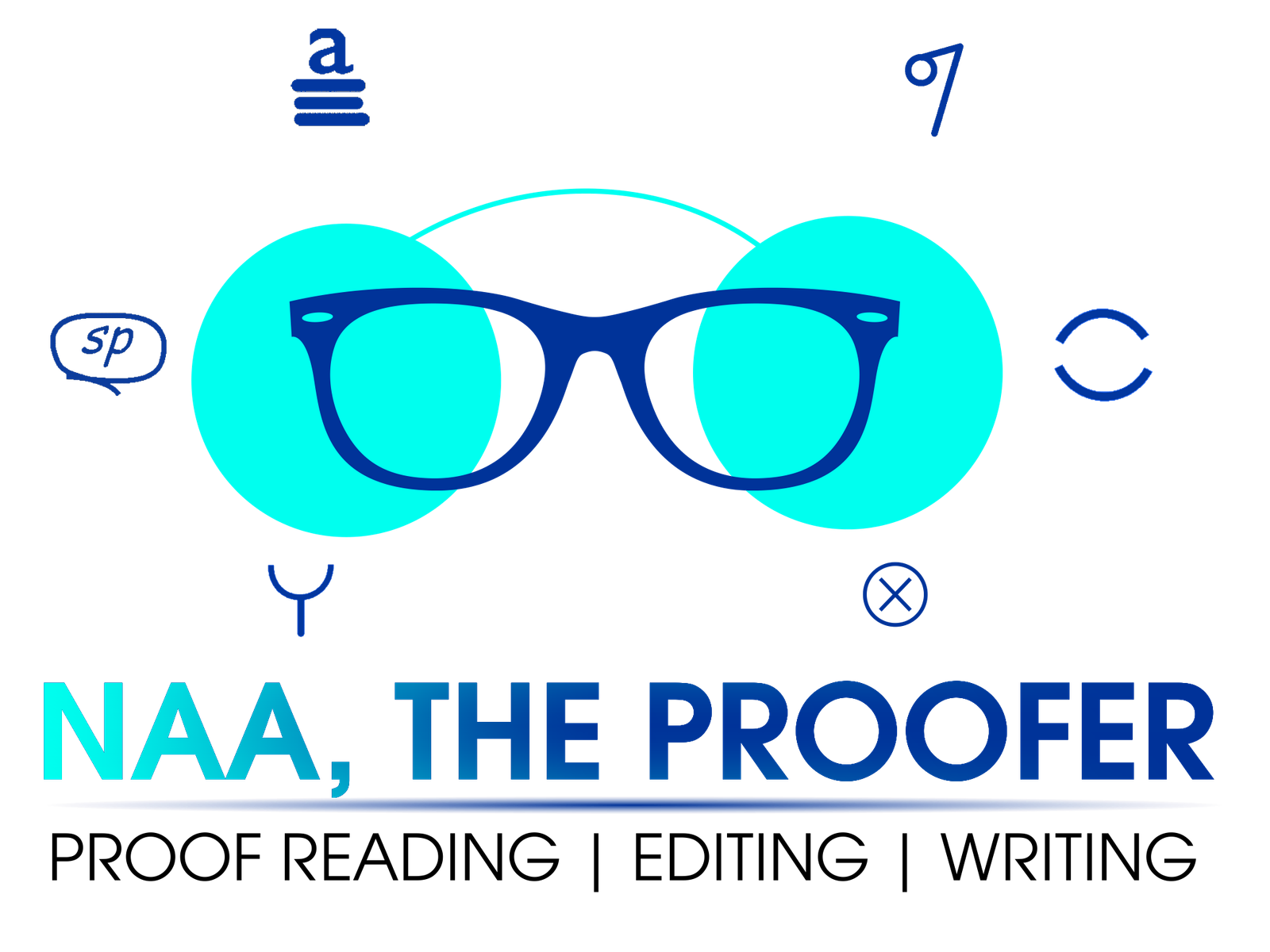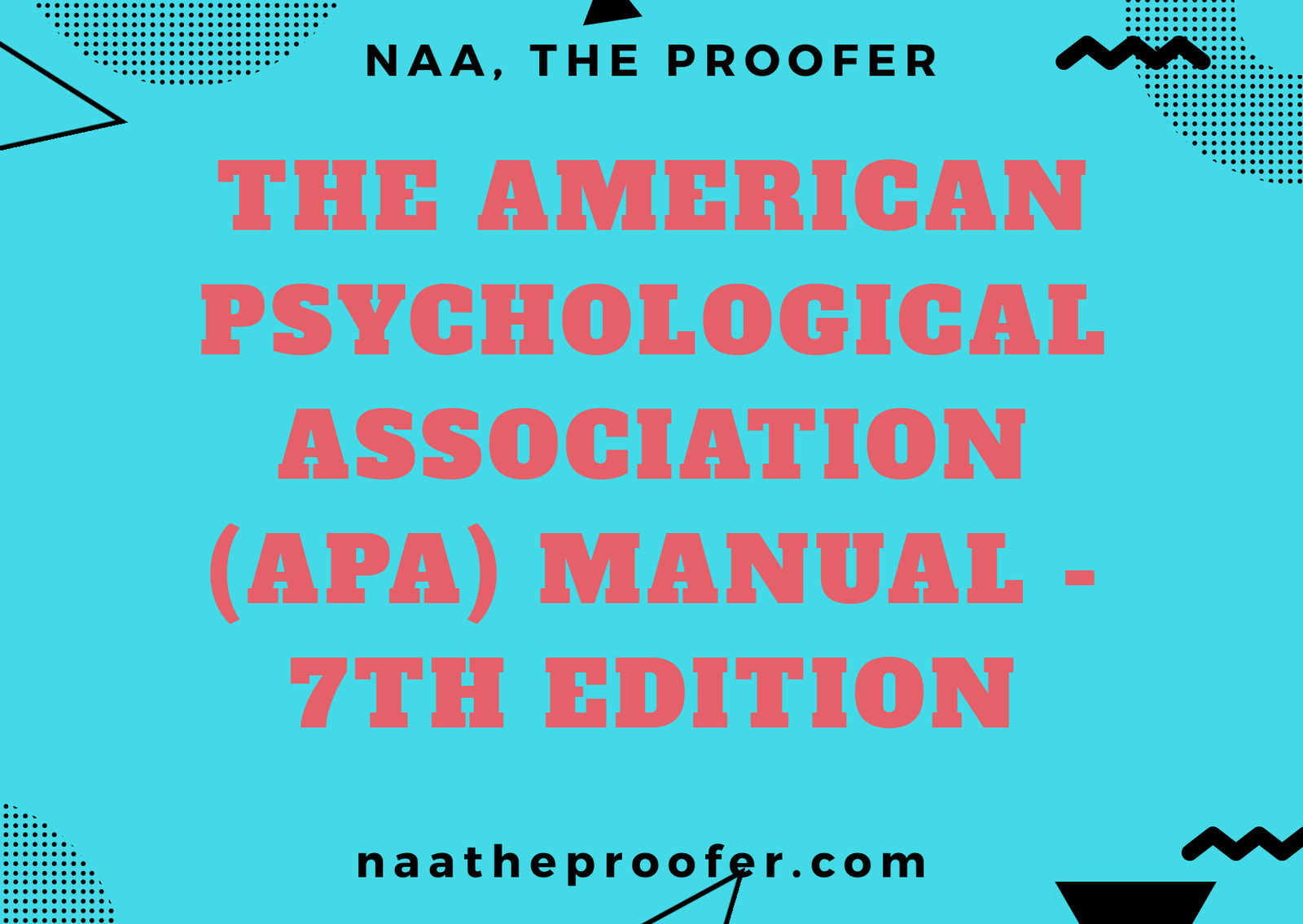Every institution has (a) preferred dissertation formatting style(s). The American Psychological Association (APA) is most commonly used to cite sources within the social sciences. In certain institutions, there are other templates and style guides that work in tandem to the APA manual. Ensure that your dissertation satisfies your institution’s requirements. This post presents the general APA (7th edition) format of dissertation, in-text citations, footnotes/endnotes, and the reference page.
Specific and detailed information can be found in the Publication Manual of the American Psychological Association, (7th ed.).
General APA Style Manual for Dissertations
The general guidelines for APA style papers include:
- Use a consistent font throughout the paper. APA-recommended font styles include 11-point Arial, 11-point Calibri, or 10-point Lucida Sans Unicode (sans serif fonts) or serif fonts such as 11-point Georgia, 12-point Times New Roman or a 10-point Computer Modern.
- Paper size should be standard (8.5” x 11”) with 1” margin on all sides.
- Incorporate a page header at the top of every paper; i.e. your paper title and page number. The TITLE OF YOUR PAPER should be flushed left in the header using uppercase letters and the page numbers on the right. The running head is an abridged version of the title of your paper and cannot exceed 50 characters—spacing and punctuation included.
Front Matter
APA insists on strict guidelines for the order and appearance of your front matter. These include:
- Title Page
APA 7 presents a slightly different formatting style for the title pages of professional papers (papers intended for scholarly publication) and student papers.
The title page of the work should be double-spaced and should contain the following details in the order in which they are written—one beneath the other. They should all be centered and in boldface. The title be focused and succinct devoid of abbreviations or redundant words. This may take up one or two lines.
- The title of the paper.
- The author’s name (first name, middle name, last name. Do not use titles or degrees)
- The author’s institution (should indicate research location)
- The author note (for a professional paper)
The author note should be beneath the institutional, in the bottom half of the title page. The first paragraph should include the author’s name, the symbol for the ORCID iD, and the URL for the ORCID iD. Any authors who do not have an ORCID iD should be omitted. The second paragraph should show any change in affiliation or any deaths of the authors. The third paragraph should include any disclosures or acknowledgements, such as study registration, open practices and data sharing, disclosure of related reports and conflicts of interest, and acknowledgement of financial support and other assistance. The fourth paragraph should include contact information for the corresponding author (Courtesy: OWL Purdue.)
- Student’s course number and course name.
- Instructor name
- Assignment due date
***Ensure to include the full header for professional texts and the page number only for student texts.

- Abstract
Start a new page with the header described above. On the first line of this page, enter “Abstract”, bolden the word ‘Abstract’ and centre it (do not italicize, underline, or put it in quotation marks). Your abstract should begin on the next line without indentation and should fit on this page. Where there is the need to include keywords, type them on the last line with the word, keywords:, italicized and indent as you would when starting a new paragraph. Listed keywords help researchers find your work in databases. Without indenting, the body of the abstract begins on the next line with a concise summary of the key points of your paper. Your abstract should comprise your research topic, research questions, participants, methods, results, data analysis, conclusions, implications, and recommendations.




